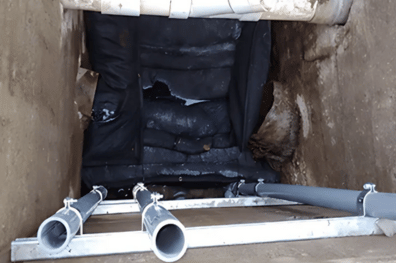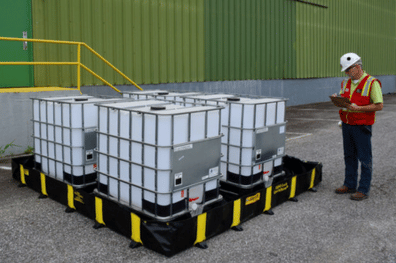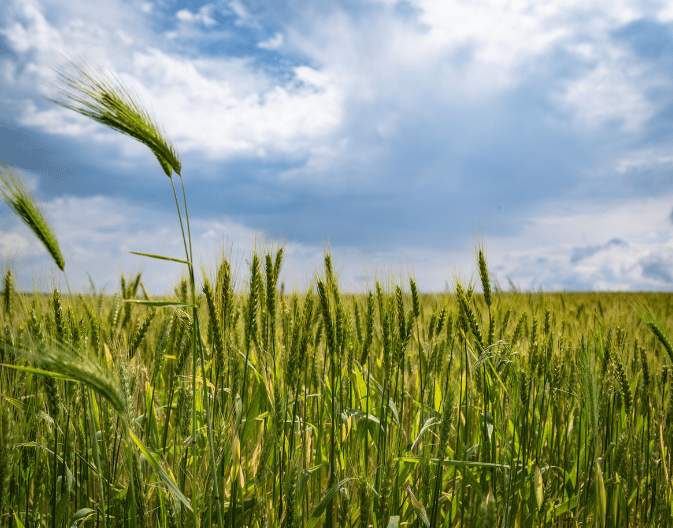A groundbreaking pilot study at a former tannery in Northeast Michigan has successfully demonstrated how combining natural processes with advanced technology can effectively treat PFAS contamination in groundwater.
The Challenge
The site presented complex contamination issues:
- PFAS Concentrations:
- Groundwater: 2,200 to 6,500 ng/L
- Background leaf tissue: >80 ng/g
- Contamination in silty sands
- Depth: 4 to 12 feet below ground
- Multiple PFAS compounds present
The Solution: Integrated Treatment System
The team implemented a sophisticated three-part treatment approach:
- Engineered Bioreactor Design:
- 8-foot wide treatment trenches
- BAM mixed at 8% soil volume
- Extension into saturated zone
- Specialized rhizosphere isolation sleeve
- Protection from vadose soils and rainwater
- Treatment Components:
- Strategic tree placement
- BAM technology
- PFAS-degrading microbes
- Controlled groundwater uptake
- Control System:
- Background tree (BKG-1)
- Isolated rhizosphere
- No BAM or microbe treatment
- Comparative analysis capability
Scientific Findings
The study revealed several key mechanisms:
- Plant Interactions:
- Natural PFAS bioaccumulation confirmed
- Increased PFBA in leaf tissue after one season
- Effective capture of short-chain compounds (C<4)
- Treatment Synergy:
- BAM immobilization of PFAS
- Reduced flux to rhizosphere
- Enhanced microbial degradation
- Bio-attenuation in root zone
Rapid Results
The treatment showed quick effectiveness:
- Regulatory compliance achieved within one month
- Optimal performance in pH 6.5-7 areas
- Successful short-chain PFAS capture
- Demonstrated bioaccumulation patterns
Innovation Highlights
The project demonstrated several breakthrough concepts:
- Integration of natural and engineered systems
- Controlled bioreactor environment
- Multi-barrier treatment approach
- Effective chain-length management
Practical Applications
This study provides valuable insights for:
- PFAS treatment design
- Phytoremediation implementation
- Treatment system integration
- pH optimization strategies
Future Implications
The success of this pilot study offers:
- Validated green treatment methodology
- Understanding of bioaccumulation processes
- Framework for integrated treatment systems
- Sustainable remediation options
This innovative project demonstrates how combining natural processes with engineered solutions can create effective, sustainable PFAS treatment systems.



